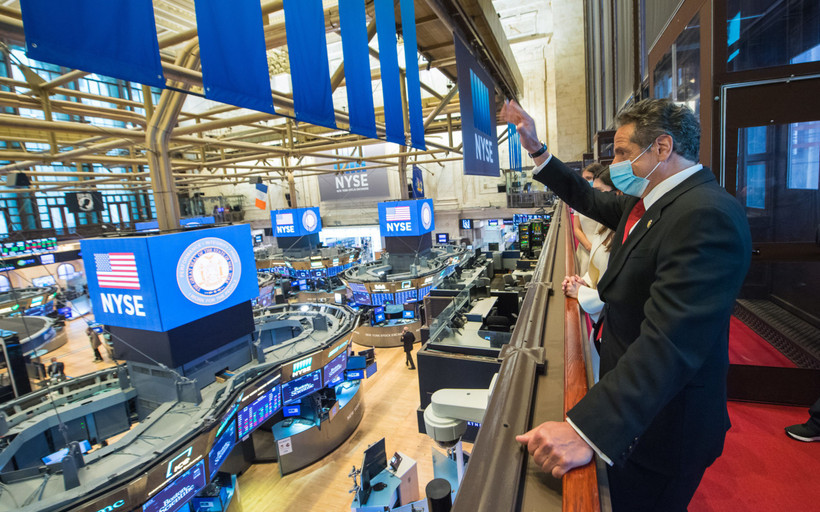
New York Taxes Shoes and Soda. Why Not Stocks?
Story and multimedia republishing rules
- All our stories are published under Creative Commons, meaning that you are free to copy and distribute in your publication.
- You may edit material to reflect relative changes in time, location and in-house style (for example, changing “yesterday” to “last week.”) If you’d like to make more substantive edits, like condensing stories, please run them by alex@nysfocus.com before publishing.
- Bylines should credit New York Focus, in this format: “By [name of reporter], New York Focus”
- Include the following language at the top of the story, with a link to our newsletter:
This story originally appeared in New York Focus, a nonprofit news publication investigating power in New York. Sign up for their newsletter here.
- Please link back to our original story in the attribution line as well and include all hyperlinks from the original piece in the republished version.
- If you share the story on social media, please mention @nysfocus (Twitter/X, Bluesky, Threads, Facebook, Instagram, TikTok).
- Don’t sell the story or any part of it — it may not be marketed as a product.
- Don’t extract, store or resell New York Focus content as a database.
- Don’t sell ads against the story. But you can publish it with pre-sold ads.
- Your website must include a prominent way to contact you.
- You must obtain permission to package additional elements with our story and must label them.
- You can republish our photos, illustrations, graphics and multimedia elements, but only with stories with which they originally appeared. You may not separate multimedia elements for standalone use. If you’re having trouble accessing visual elements, let us know.
- If we send you a request to change or remove New York Focus content from your site, you must do so immediately.
For questions regarding the New York Focus publishing rules, or if you are a journalist or news organization that wants to join our partner list, please contact Alex Arriaga, Audience Engagement Editor, at alex@nysfocus.com.